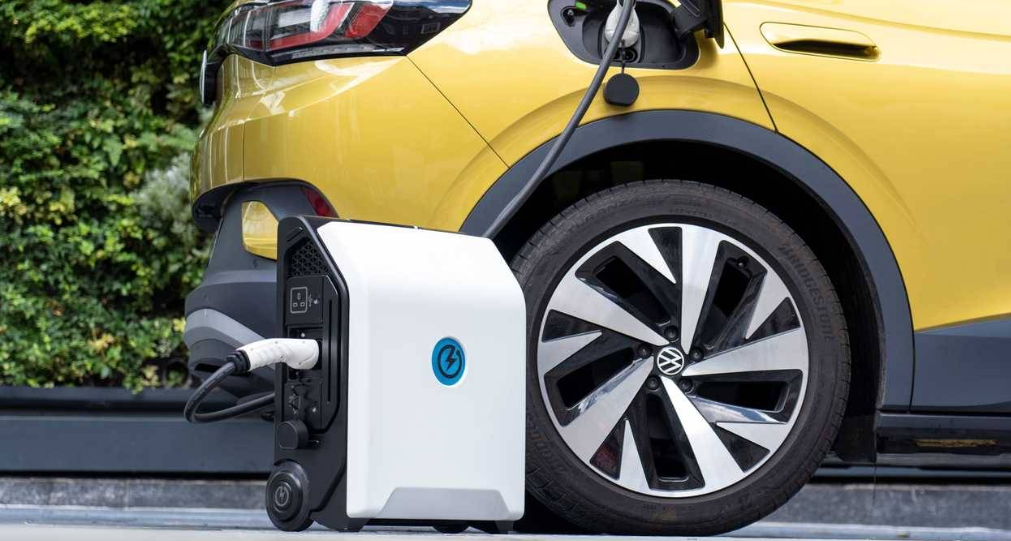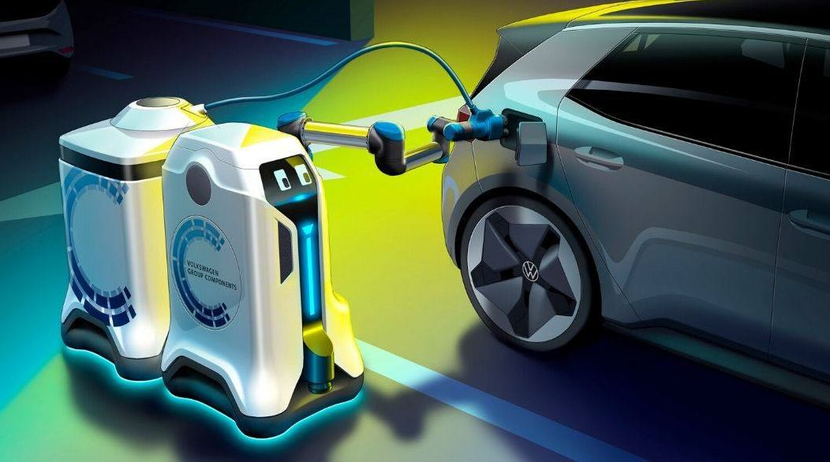
With the growing popularity of electric vehicles (EVs), one of the challenges facing automakers is how to make vehicles more affordable while reflecting true range. First, this means reducing the cost of battery packs and increasing their energy density. Each watt-hour of energy stored and consumed in the cell is crucial to extending the range.

The main function of the battery management system (BMS) is to monitor cell voltage, battery pack voltage and battery pack current. In addition, given the high voltage design of the BMS, it is necessary to measure the insulation resistance between the high and low voltage domains to catch defects in the cell structure and prevent dangerous conditions from occurring.
Figure 1: Traditional BMS architecture (a); BMS Architecture with Smart Battery Junction Box (BJB) (b)

Figure 1 shows a typical BMS architecture that includes a battery management unit (BMU), a cell monitoring unit (CMU), and a battery junction box (BJB). The BMU usually contains a microcontroller (MCU) that manages all the functions in the battery pack. A traditional battery junction box is a relay box or switch box with a power contactor that connects the entire battery pack to a load inverter, motor, or battery charger.
Figure 1a shows a traditional BMS. There are no active electronics inside the junction box, and all measurements in the battery junction box are taken in the battery management unit. The battery terminal box is connected to the analog-to-digital converter (ADC) terminal by cable.
Figure 1b shows the smart battery junction box. The junction box has a dedicated battery pack monitor inside that measures all voltage and current and passes the information to the MCU via simple twisted pair communication. This helps eliminate wiring and wiring harnesses and improves voltage and current measurements with lower noise.
Voltage, temperature and current measurement
Figure 2 shows the different high voltages, currents, and temperatures measured by the BQ79731-Q1 enabled battery pack monitor in the battery junction box.
Figure 2: High voltage measurement inside the battery junction box

Voltage: High voltage measurement is achieved using a string of divider resistors. This type of voltage measurement monitors the operating status of high-voltage components in the system.
Temperature: The temperature measurement monitors the temperature of the shunt resistor so that the MCU can apply compensation, in addition, the temperature of the contactor is also monitored to ensure that it is not subjected to stress beyond normal operating conditions.
Current: Current measurement is based on one of the following two devices:
1.Shunt resistors - Because the current in electric vehicles can be thousands of amps, the shunt resistance values need to be very small, ranging from 25µOhms to 50µOhms;
2.Hall Effect sensor - Used to measure electric vehicle currents that are still isolated on high voltage rails. Typically, its dynamic range is limited, so multiple sensors may be used in the system to measure the entire range.
Overcurrent fault detection and protection
To prevent major damage to the battery pack in the event of a short circuit, exposed high voltage terminals, or equipment failure, overcurrent events must be detected and prevented in the BMS. The overcurrent circuit integrated in the battery junction box unit will use the current by measuring the shunt resistor or Hall effect sensor and the battery pack monitor, then process this measurement and compare it to the threshold within the battery pack monitor. They are both capable of signaling an overcurrent event through a dedicated output, which is used to enable a fuse driver to blow the high-pressure separator (explosive fuse). Because the response time to the signal needs to be as fast as possible, we deploy a dedicated signal processing path in the battery pack monitoring device to improve the response speed.
Voltage and current are synchronized
Voltage and current synchronization refers to the delay time for measuring voltage and current sampling between the battery pack monitor and the cell monitor. These measurements are primarily used to calculate state of charge and state of operation through electrochemical impedance tracking analysis (EIS). By measuring the voltage, current and power of the cell to calculate the cell impedance, BMS can monitor the instantaneous power of the car.
Cell voltage, battery pack voltage, and battery pack current must be time-synchronized to provide more accurate power and impedance estimates. The specific time interval at which sampling is performed is called the synchronization interval, and the smaller the synchronization interval, the more accurate the power estimate or impedance estimate. The more accurate the state of charge estimate, the more accurate the driver's estimated remaining range.
Synchronization requirement
The new generation of BMS requires synchronous voltage and current measurement delay to be controlled within 1ms, but meeting this requirement presents the following challenges:
TI's battery monitor can maintain the time relationship by issuing ADC start commands to both the cell monitor and the battery pack monitor. These battery monitors also support delayed ADC sampling to compensate for propagation delays caused by transmitting ADC start commands through the Daisy link port.
Remote device communication support
Another advantage of smart battery junction boxes is the ability to simplify data communication through the use of multifunctional Daisy links, not only for battery packs and battery cell monitoring devices, but also for remote devices such as EEPROM memory or various types of sensors placed in modules in different physical locations in the vehicle. In this case, the battery pack and monitoring devices also act as interface converters, providing I2C or SPI data transmitted through the Daisy link port, thereby reducing wiring and wiring harharing, which in turn reduces the overall weight of the electric vehicle.
The massive electrification of the automotive industry has led to the need to reduce BMS complexity by adding electronics to junction boxes and to improve system security. The battery pack monitor can locally measure the voltage before and after the relay, as well as the current throughout the battery pack. Improving the accuracy of voltage and current measurement can directly promote the full utilization of the battery.
TI's BQ79631-Q1 and BQ79731-Q1 devices can integrate all the necessary functions of the system into a single device to optimize the performance of smart battery junction boxes and reduce their future costs. With effective voltage and current synchronization, precise calculations of health status, charge status and EIS can be made to get the most out of the battery.
In addition, Texas Instruments BQ79616-Q1 and BQ79718-Q1 series of battery cell monitors enable accurate cell voltage and temperature measurements as part of CSU deployments to help create a complete BMS ecosystem.
Heisener Electronic is a famous international One Stop Purchasing Service Provider of Electronic Components. Based on the concept of Customer-orientation and Innovation, a good process control system, professional management team, advanced inventory management technology, we can provide one-stop electronic component supporting services that Heisener is the preferred partner for all the enterprises and research institutions.
